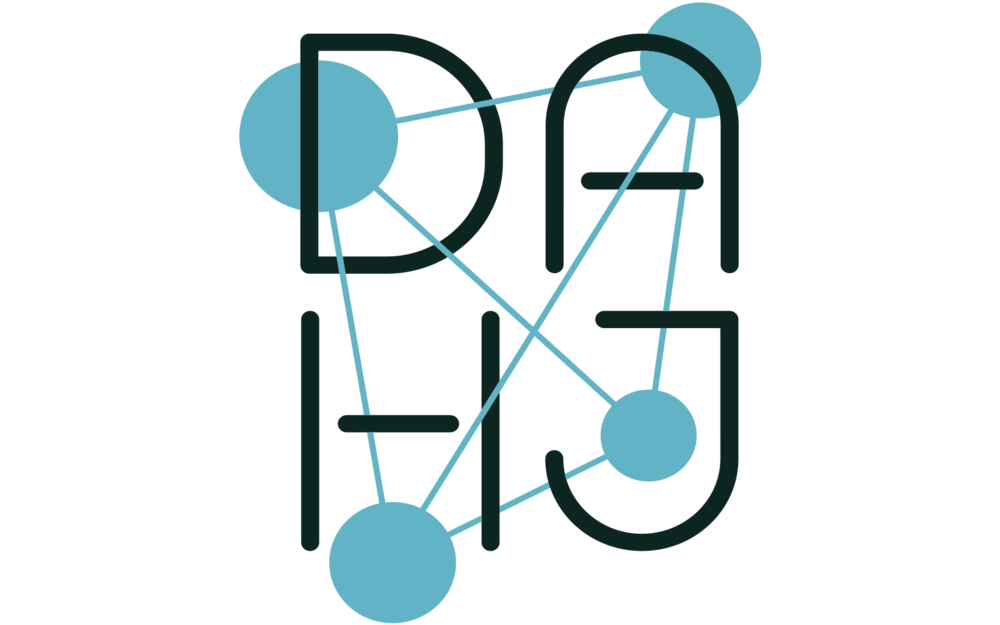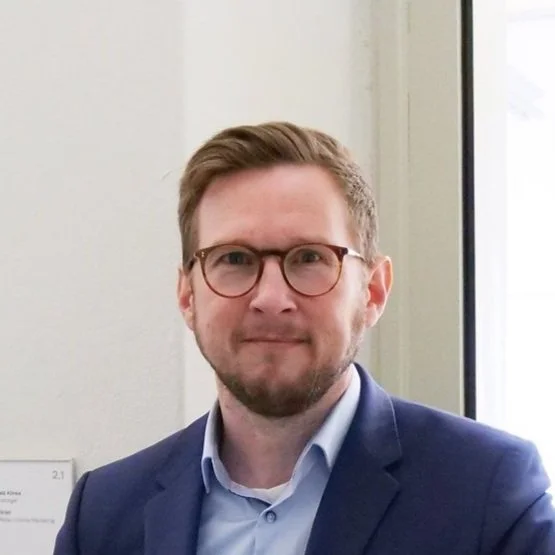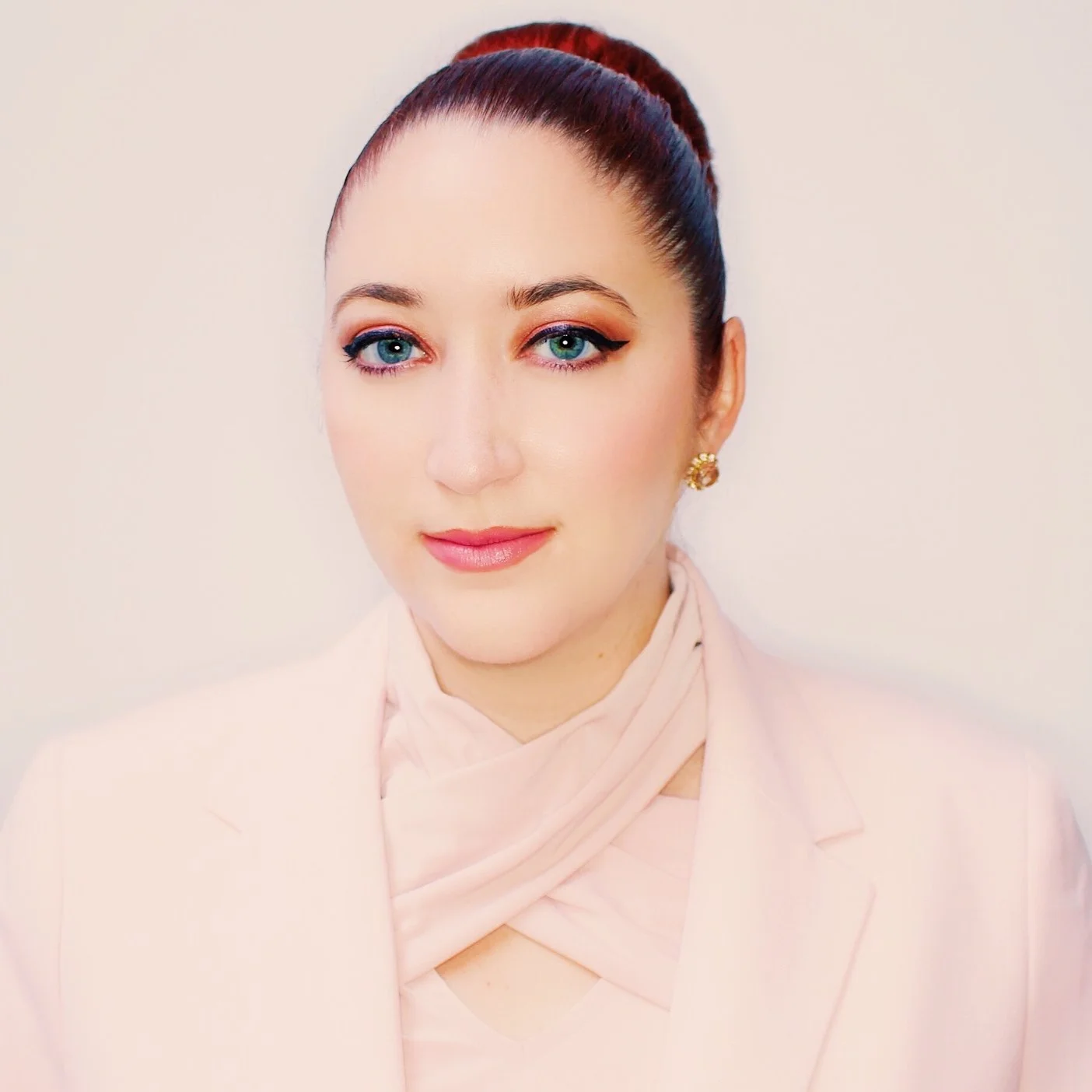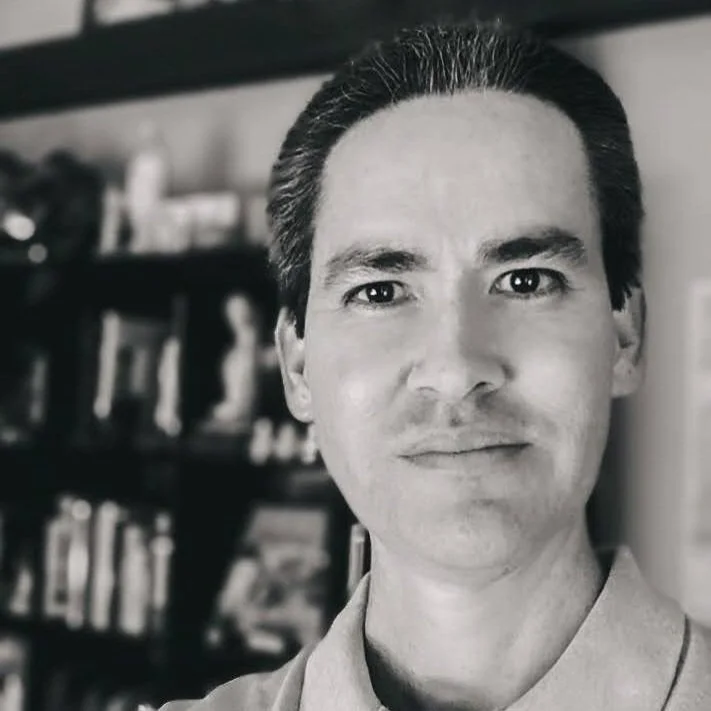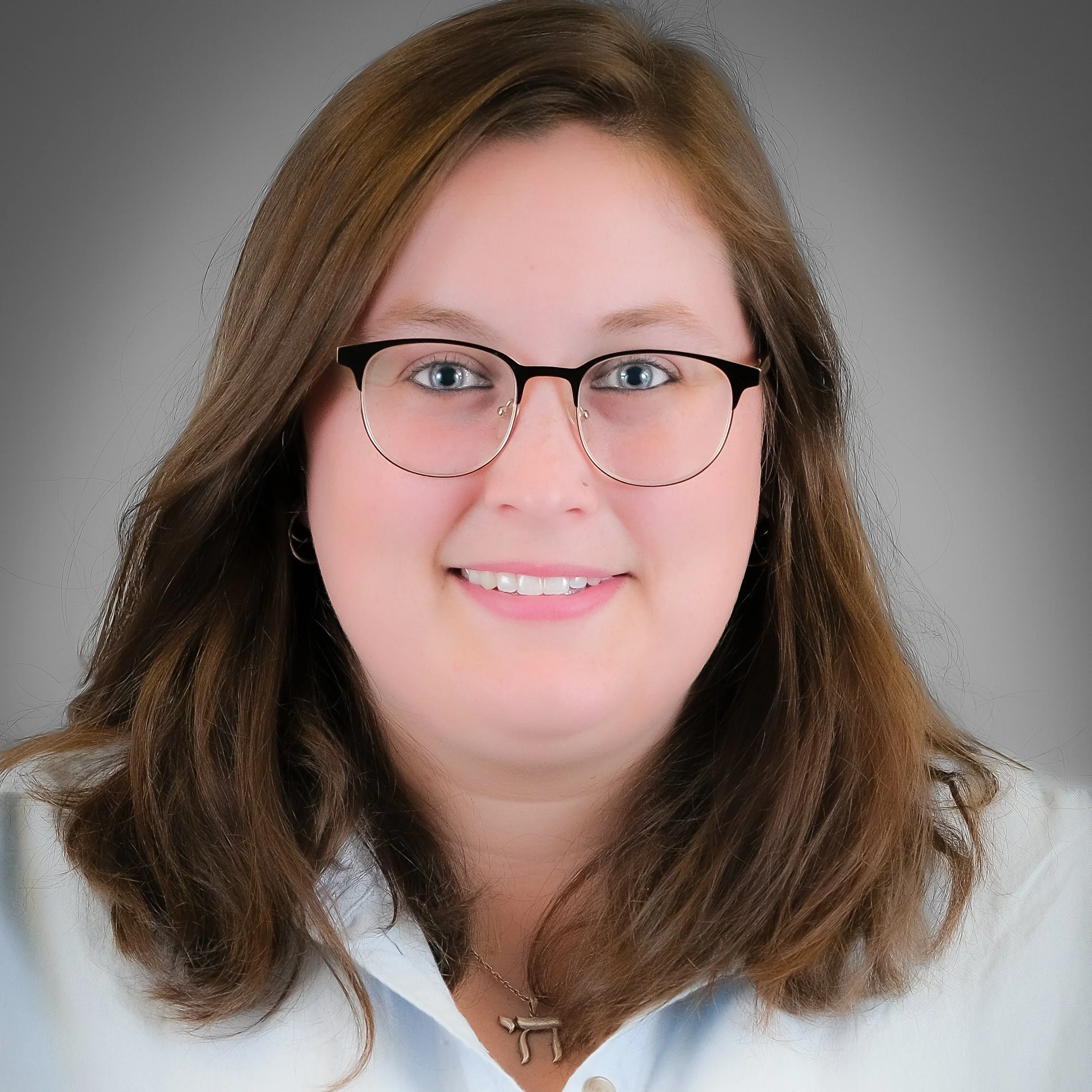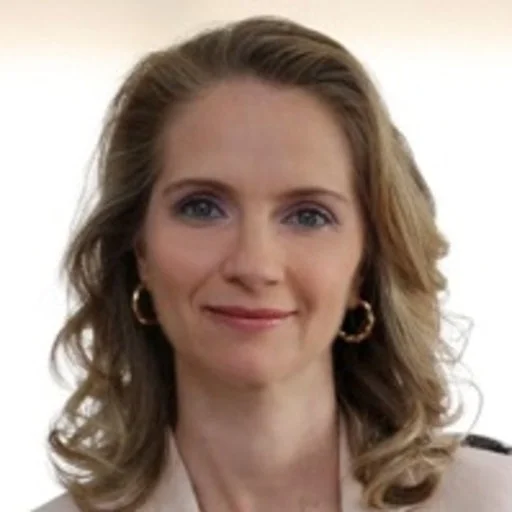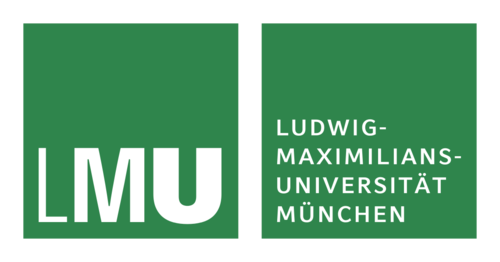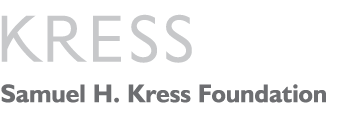Team
Founding Editors
Editors-in-Chief
LOS ANGELES, USA
Editor-in-Chief
Director and Curator of the DAHJ Gallery.
Guest Editor for Issue No. 6 on “Horizons of Mixed Reality”, 2021/22.
BOGOTÁ, COLOMBIA
Editor-in-Chief
Bilingual Coordinator for Issue No. 7 “Zonas de Contacto: Art History in a Global Network?”, 2021/22.
SALT LAKE CITY, USA
Editor-in-Chief
Editorial Manager
Assistant Curator of the DAHJ Gallery
Editorial Staff
TE PAPAIOEA PALMERSTON NORTH, AOTEAROA NEW ZEALAND
Editorial Assistant for Peer Review
Lead for Outreach
Affiliated Scholars
ADVISORY BOARD
is an independent scholar, who has been a longstanding committee member and editor for Computers and the History of Art (CHArt, est. 1985). She co-organized two CHArt conferences on Digital Art History held at the British Academy, and co-edited the proceedings published by Intellect.
is leading the Digital Humanities Research Group at the University of Erlangen. He is also researching "Semantic Modeling and Knowledge Representation for Scientific Object Documentation and Digital Editions" at the Max Planck Institute for the History of Science.
is the Director of the Wired! Lab for Digital Art History and Visual Culture at Duke. From 2014-2016, Jaskot was the Andrew W. Mellon Professor at the Center for Advanced Study in the Visual Arts (National Gallery of Art, Washington, DC). He was also the President of the College Art Association (2008-2010).
is Professor for Art History at the LMU Munichand leads the project "Artigo Social Image Tagging", an online game with the aim to supply artworks with tags. He is a co-editor and co-founder of the online review journal "Sehepunkte" and several other web projects.
is a Professor of Computer Science at The Graduate Center, CUNY, and a Director of the Software Studies Lab that uses methods from computer science, media design and humanities to analyze big cultural data. He is the author and editor of eight books including Data Drift, Software Takes Command, Soft Cinema: Navigating the Database, and The Language of New Media.
is Chair and Professor of Cinema and Media Studies at the University of Southern California’s School of Cinematic Arts and Director of the Sidney Harman Academy for Polymathic Studies. Her research engages the cultural dimensions of media, including the intersection of gender, race, affect and place. She has a particular interest in digital media.
is professor of art history at Ludwig Maximilian University of Munich as well as the director of the Zentralinstitut für Kunstgeschichte. His research encompass the fields of early modern art in Europe and beyond, as well as the methodology and historiography of Art History.
is Chair and Professor in the Art History Department at the University of Málaga and Director of the research group i-ArtHis Lab. She has published extensively on the role of metadata and digital cataloguing in structuring art-historical knowledge. She is founder and director of the Digital Art History Summer School at the University of Málaga.
is an Associate Professor in Arts and Technology and a founding member of the Edith O'Donnell Institute for Art History at the University of Texas at Dallas. Aiming to understand complex networks and processes in art and culture in his Cultural Science Lab, he works and collaborates to cultivate a productive convergence of arts and humanities, computer science, physics, and information design.
is professor and director of the Institute for Principles of Modern Architecture (Design and Theory) (IGmA) at Stuttgart University. He was the research director of the Venice Architecture Biennial in 2014 and is a permanent contributor to the ARCH + and Archithese magazines.
AFFILIATED INSTITUTIONS

Mission Statement
The International Journal for Digital Art History (DAHJ) gathers current developments in the field of digital art history and fosters discourse on the subject from both art history and information science.
Many approaches are currently evolving in the international sphere of art history and many questions still remain unanswered: What impact does information technology have on art history? How does art history effectively incorporate digital methods to advance the field? What projects exist that can serve as best practice? Which direction does art history go from here? How can we support the international community to reach our shared goals in research?
DAHJ gives authors in this field the opportunity to reach a wider audience, spark a discussion on the future of our discipline, and generate an international and interdisciplinary network of scholars and practitioners.
The journal is edited to gather articles around a common theme, introduced with "categories" in yearly calls for papers. It is peer-reviewed by at least two reviewers in a double-blind process and published open-access online. Contributions are welcome at any time and can be related to any subject in digital art history. Articles are published on a rolling basis.
We are proud to cooperate with arthistoricum.net, who provides the editorial Open Journal System (OJS), DOIs, and URNs. This partnership secures long-term archiving of all articles and allows authors of DAHJ to submit supplementary materials, such as videos, 3D models and data sets, as online resources (hosted at HeiDATA Dataverse Network).
